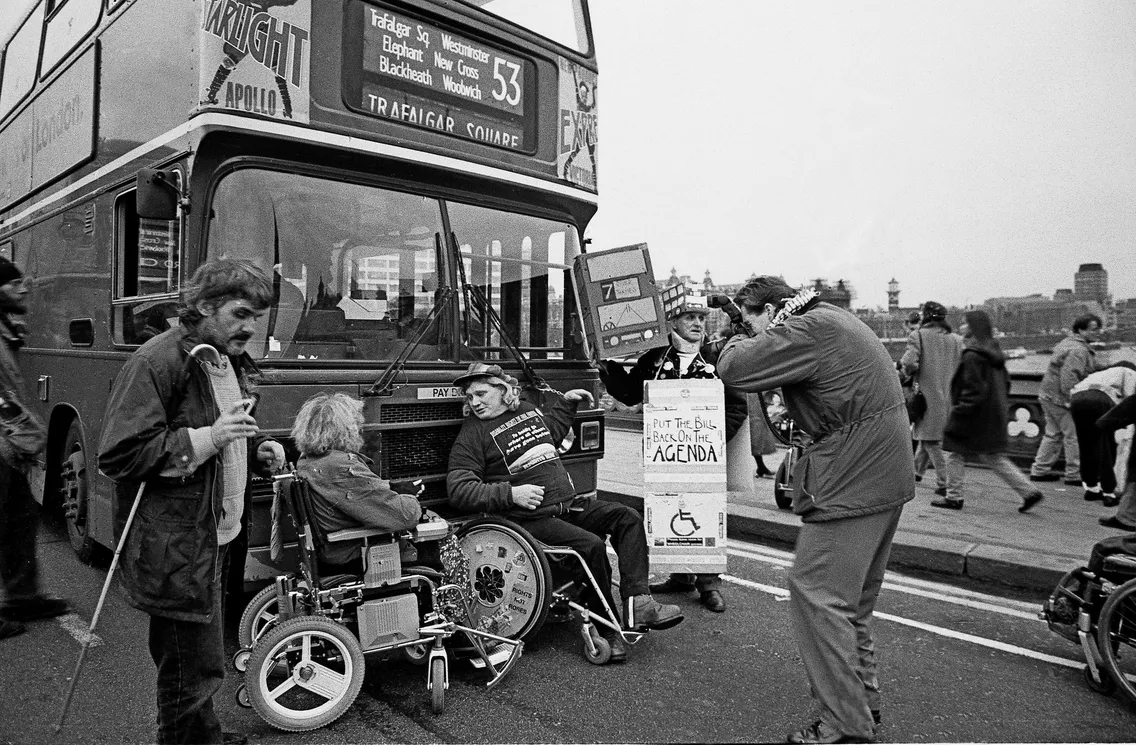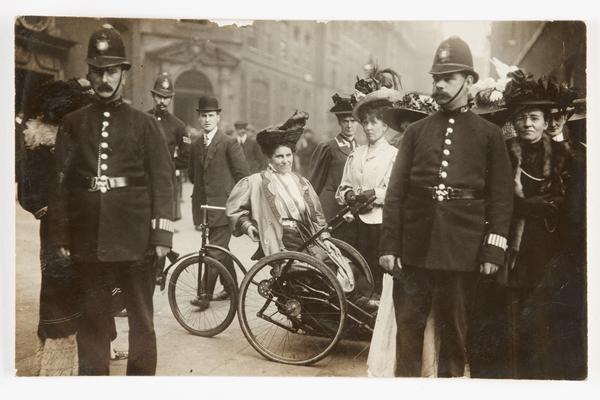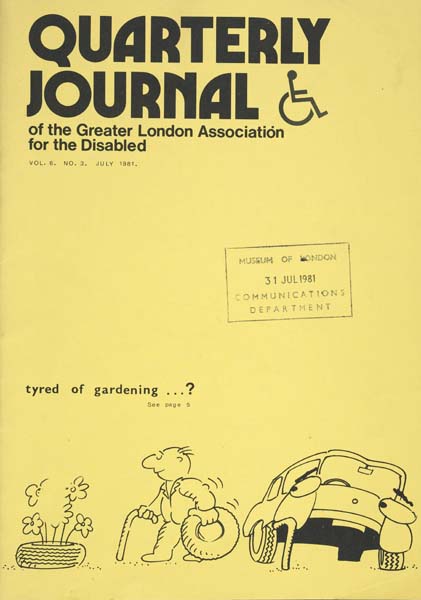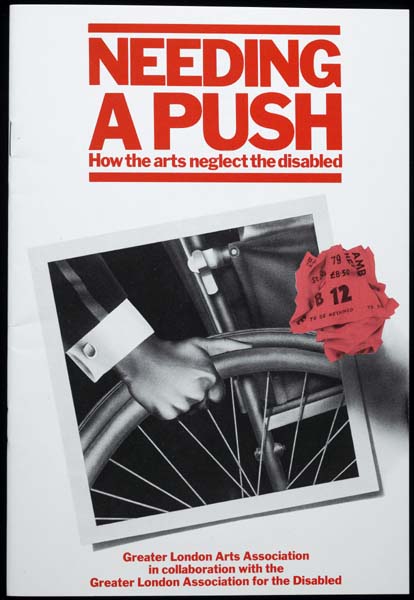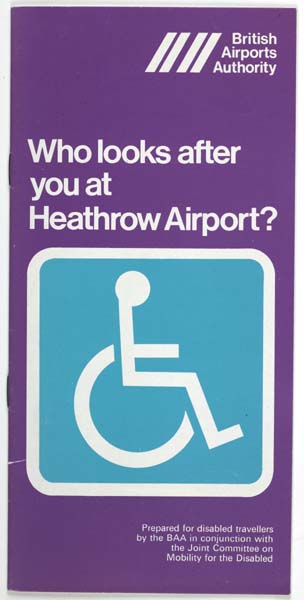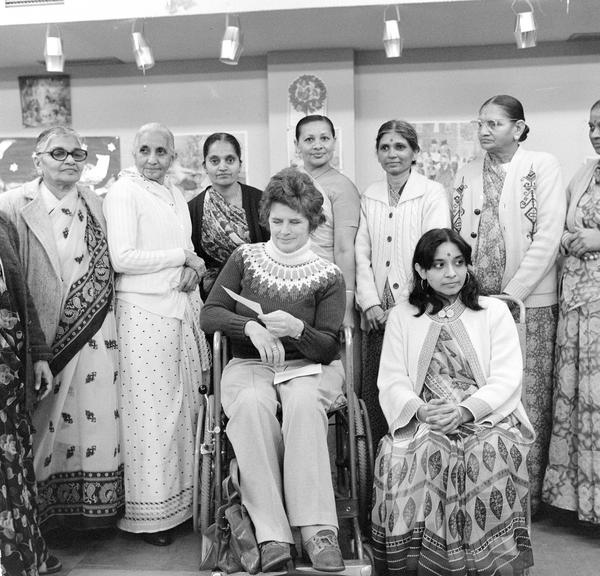Barbara Lisicki: A disability rights pioneer
Barbara Lisicki is a disability rights activist and comedian. By organising protests in the early 1990s, she helped force the government to pass the 1995 Disability Discrimination Act.
Westminster
1954
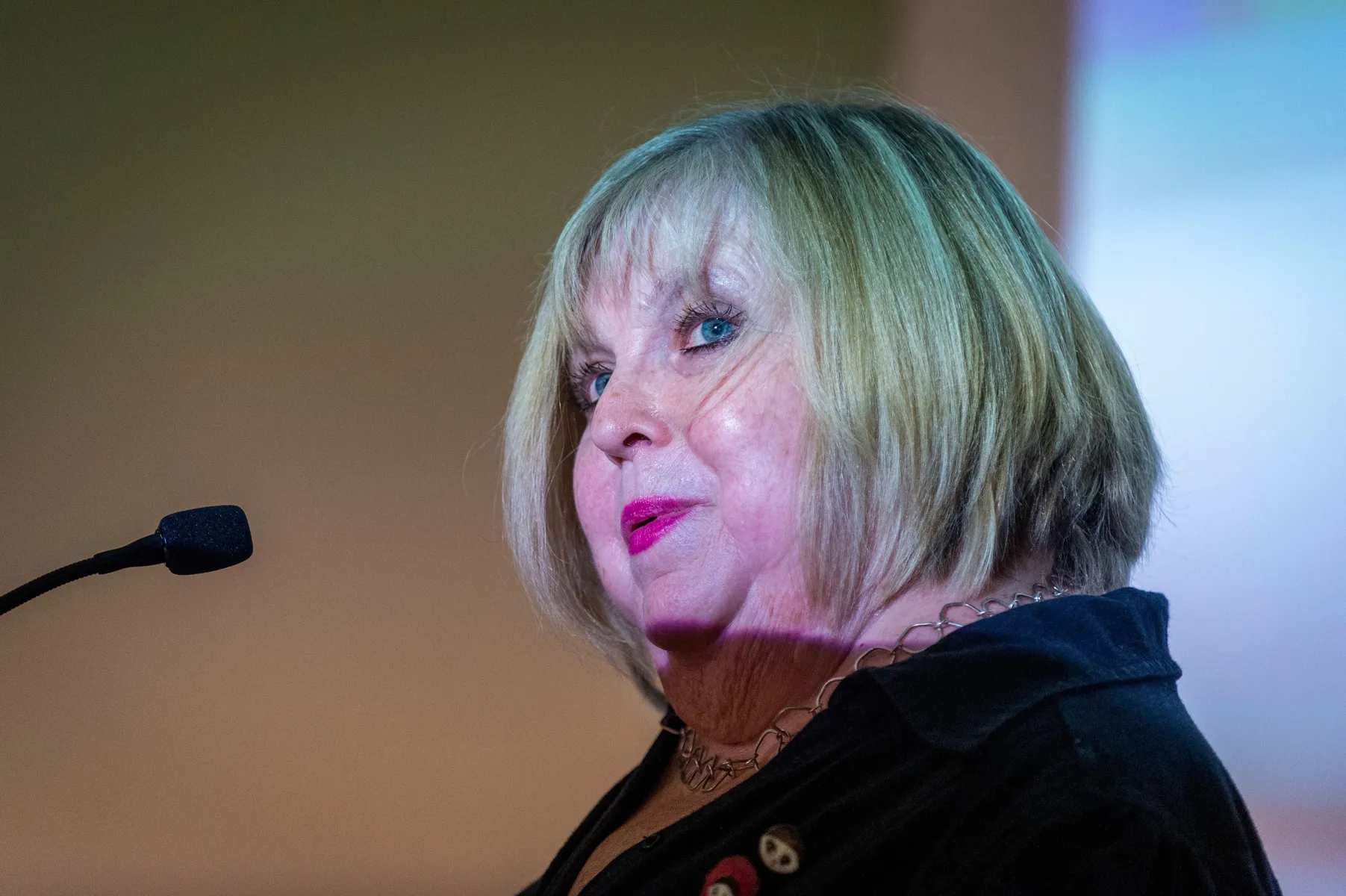
How disability rights were won
Before 1995, discriminating against disabled people wasn’t illegal. Inaccessible buildings, services and public transport were the norm. Disabled people faced employers who wouldn’t hire them and widespread ignorance about how they wanted to be treated.
Barbara Lisicki was a figurehead among a wider movement of disabled people who took to the streets in the 1980s and 1990s to change all that.
She organised the 1990 and 1992 ITV Telethon protests, which gained widespread media attention. She then went on to form the Disabled People’s Direct Action Network (DAN), a group who chained themselves to buses and trains and blocked roads to demand change.
Her activism led to the 1995 Disability Rights Act – the first legal recognition of disabled people’s rights, though not an end to discrimination.
Lisicki’s career was blocked by discrimination
Barbara Lisicki was born in 1954 and grew up in north London. While at school, Lisicki developed juvenile rheumatoid arthritis. This condition gave Lisicki pain, swelling and stiffness in her joints.
As a teenager, she spent a year at a specialist hospital. She was forced to use a wheelchair there and hated it. “We used to dump the wheelchairs in the bushes and hitchhike to the pub,” she recalled in an interview for the BBC.
Lisicki studied at Lancaster University, and got a postgraduate teaching qualification from Birmingham University.
When she tried to find a teaching job, she found it impossible. She realised that employers didn’t want to hire a disabled person. “Everybody I qualified with on the teaching course got taken on except me. I’d done better than many of them – achieving credits and distinctions. It just struck me then.”
“They didn’t want money. They wanted their rights”
Lisicki was the UK’s first female disabled comedian
Lisicki performed for the first time in 1989, and continued over the years under her stage name, Wanda Barbara.
She met Alan Holdsworth at one of her gigs, and the couple went on to protest, perform and have a child together. Their Tragic but Brave show toured the UK, Europe and the USA.
The Telethon protests
Lisicki was one of the organisers of a protest targeting the ITV Telethon. This bi-annual charity fundraiser for disability charities was broadcast live on television.
Lisicki, her partner Alan Holdsworth and many other disabled people hated the way the Telethon showed them. They felt it encouraged viewers to pity them, to see disabled people as charity cases. They’d never asked for charity. They didn’t want money. They wanted their rights.
One of the activists, Rachel Hurst, suggested that programmes should instead be “encouraging able-bodied people to make disabled people members of their pubs and clubs, to employ them, let them into their schools, give them reasonable access to public places. We need that much more than the money.”
The slogan “Piss on pity” appeared on a banner at the protests, and soon caught on, appearing on activists’ T-shirts.
Protests were held in 1990 and 1992. Over 1,000 activists gathered for the 1992 protest, blocking the road to ITV’s studios on London’s South Bank, and trying to enter the studio. "We had our own PA system, we had a party, we had musicians, we had a carnival on the street,” remembered Lisicki.
A new protest group
In 1993, Lisicki helped form DAN, the Disabled People’s Direct Action Network. This was the UK’s first nationwide disability rights organisation.
Their We Will Ride campaign used non-violent but disruptive protest tactics to raise awareness of the lack of accessible public transport.
In the early 1990s, few buses were accessible for wheelchair users. To travel on trains, disabled people had to give notice days before. When they did get on the train, they were often put in the small carriage for the guard.
Between 1993 and 1998 they staged over 100 protests across the UK. Protestors chained themselves to buses and trains. They blocked roads, including Westminster Bridge, lying under vehicles to prevent them moving. Many people were arrested, including Lisicki.
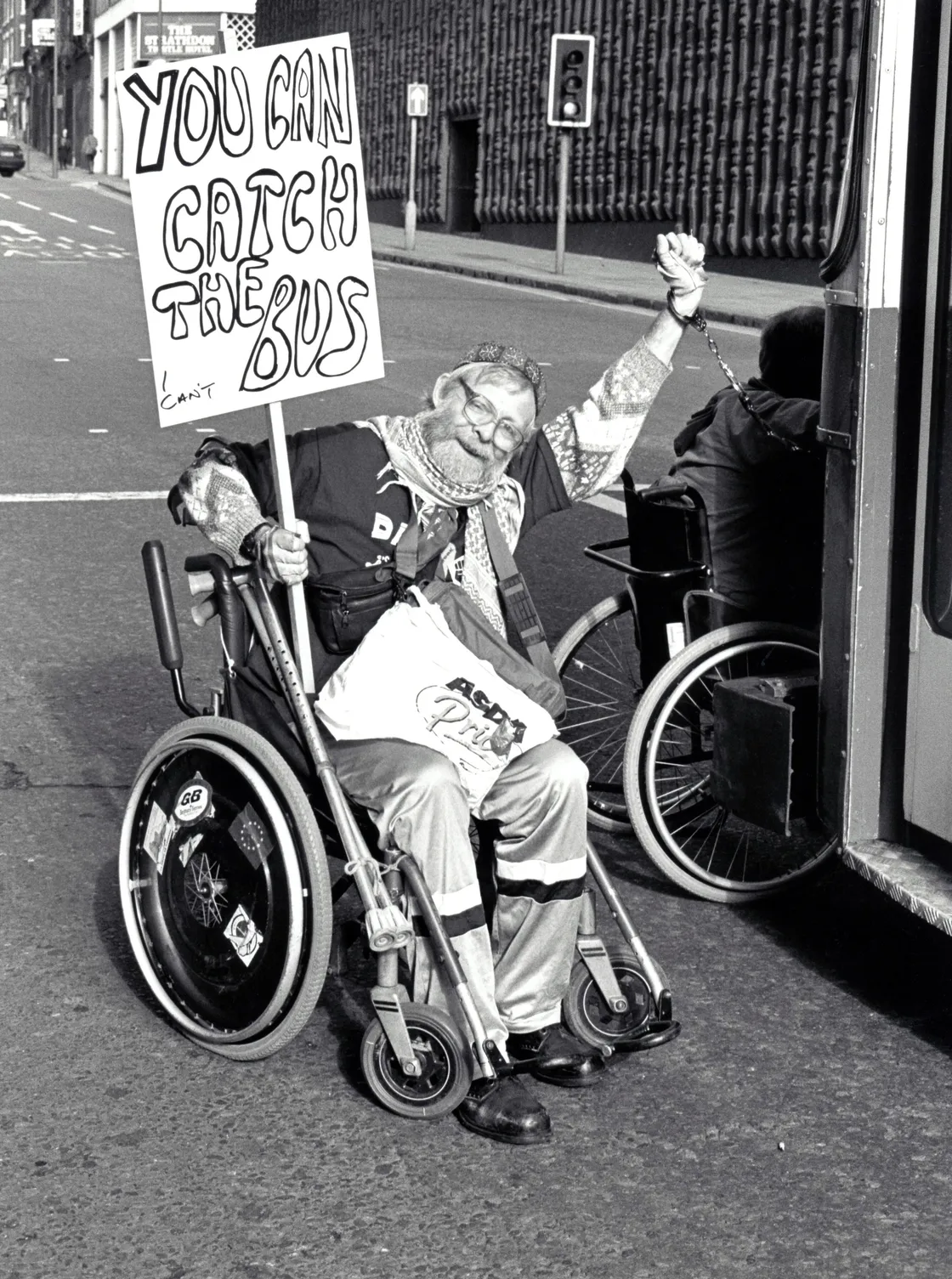
A protestor from DAN handcuffs themselves to a bus during the 1990s campaign.
The Disability Discrimination Act, 1995
The protests organised by Lisicki eventually convinced the Conservative government of the time to pass the 1995 Disability Discrimination Act (DDA).
It was a step in the right direction, making it “unlawful to discriminate against disabled persons in connection with employment, the provision of goods, facilities and services”.
But it didn’t force changes to public transport. Some service providers were given a decade to make adjustments. And there wasn’t an official body to enforce any of this.
“We accepted we had some level of victory because legislation had finally been passed,” said Lisicki. “But we were all aware it was weak and wasn’t going to do what was needed.”
There has been lots of progress since the 1990s. The DDA was replaced in 2010 by the Equalities Act, which listed disability as a protected characteristic alongside race, religion sex and others.
Awareness of access needs has increased and there has been plenty of work done to improve transport, services and buildings. But disabled people still face countless barriers in many parts of society, including housing, transport, education and work. Take the London Underground as one example – less than half of the city’s Tube stations have step-free access.


